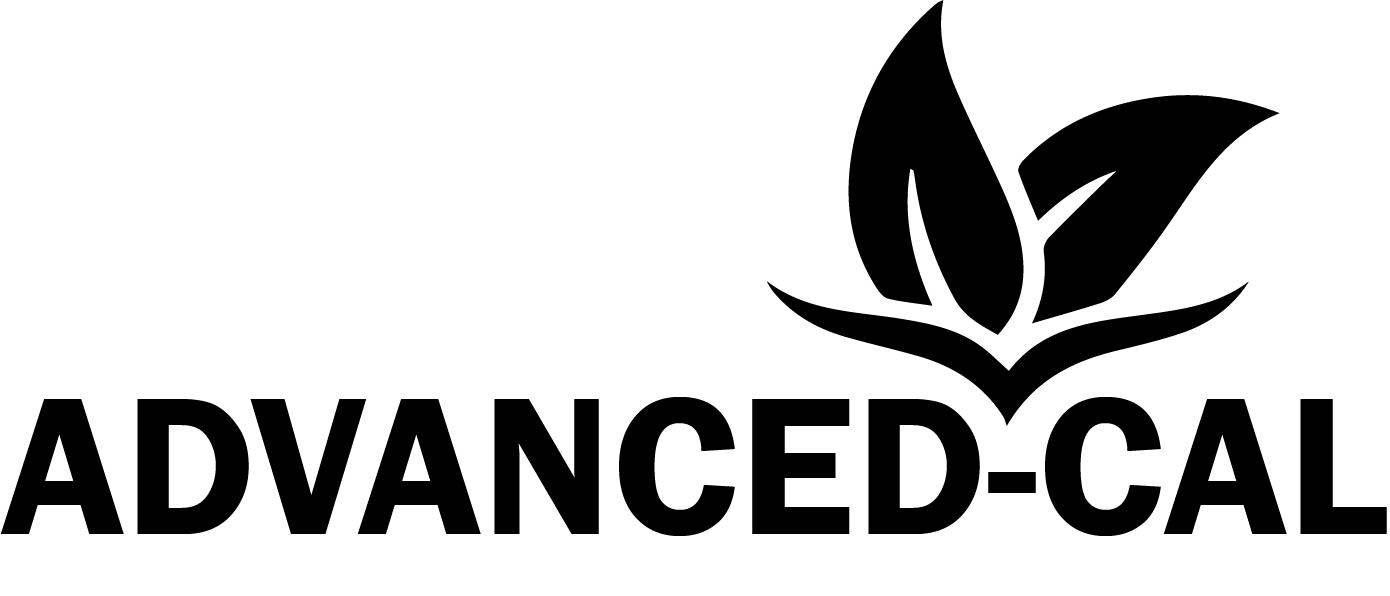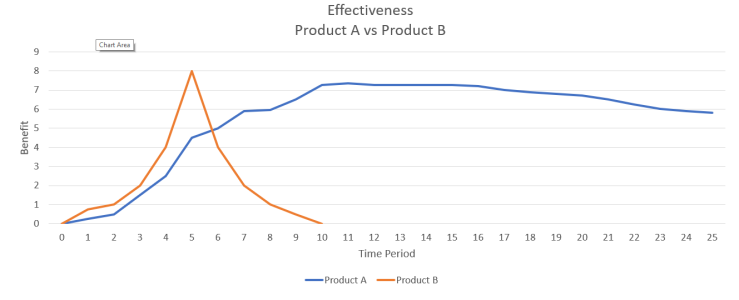Oh boy! Wow! I haven't posted since the '23 Valentine's Day member purge. It disappointed me.
To the question. I think there was a lot of good thinking here on the subject. Many different methods lead to acceptable outcomes. Personally, I have no place for liquids. I would contend an equal weight of ag lime would provide a couple orders of magnitude more benefit than a liquid. It takes the same effort to carry 50lbs of liquid as it does 50lbs of dry material. But, its hard to spray dry lime!
One of the myths I think we need to examine (again) is the idea that an application of ag lime takes a long time to provide any benefit. If you read the research, soil chemistry begins changing within days of application of dry lime. and that change provides a substantial boost to the crop. Yes, it is true the final boost in pH takes months. But there's a lot of benefit derived within weeks. The law of diminishing returns ("S" curve) explains it wonderfully. Liquids tend to exhibit the "^" curve. So, for sake of argument I'd propose that, at the end of a growing season a crop that needed Ca and/or pH modification will yield the same regardless of source Ca.
In my thinking there is no soil chemistry paradigm shift. The crop inputs business is one of commodities. There's this ageless hope to differentiate products, to provide value (and hence, profits!) above that of the commodity. Some values are real. Others are imagined. Liquids have a place at the right place at the right time. For food plots, any way I twist it, I can't see the value given the cost.
The objective of my contrived graph below is provided an illustration. It requires some abstract thinking. Think of liquid Ca as the orange line and blue dry ag lime. I hope I'm addressing the question? The time period is made-up. Could be anything -days, weeks, months, years. The benefit is whatever you want it to be.
View attachment 52187
Thanks for your contributions to this board!
I will say, I think your analysis strengthened my idea that small food plotters should use liquid lime.
Lime added to a field, whether ag, pellet, or liquid has an early change to chemistry of the dirt. That is what I’m looking for in my analysis. You confirmed that above.
If I owned 2000 acres of cropland that paid my bills, I’m amending it with ag line at soil test recs, and keeping it there based on repeated soil tests. Period. Hard stop.
But that’s not what we are talking about. We are saying for a small food plotter with 2 acres they plant, what is “best for them?” Let’s re-examine the options again.
1. Use ag line. Their soil test says they have a ph of 4.6 and to add 2.5 tons of ag lime per acre. How and the world are they gonna do that? Call the coop. They will laugh ag you. Zero chance they come spread that. Have the next door farmer do it? I say do it, but I would say 98% of people we are talking about do not have a next door farmer to do that.
2. Use pellet lime. Thats a real option, and what most people do. I think we all agree that pellet lime doesn’t work better than ag lime. The idea that it takes less pellet lime isn’t backed by science. It’s what is said to make people feel better about spreading less lime. For our 2 acre food plotter above with an atv and hand spreader it would take 200 bags of 50lb pellet lime. And most come in 40lb bags. I think it is about the most stupid thing in the world to break your back spreading that much pellet lime for a food plot. And I would say is probably impossible for most.
So, most out out 10 or maybe 20 bags, say they will do that every time they plant, and probably don’t and throw some out every couple of years. Basically having minimal impact on what they are doing.
3. Use liquid lime. They can buy 2 jugs of plot start and put out once, maybe twice a season when they plant. Most have a sprayer, either backpack or atv. It is extra work, but not back breaking by any means. If done as part of regenerative ag they might do like the pellet example. Do it the first time and say they will do it again but don’t.
They get a quick change for the positive. Their crops grow Better they season. They get increased OM, which makes the soil biology better. They hold more moisture in the soil, and the next and next crops do better without adding more lime and probably get improved soil ph over time with the microbes in the soil working.
Again, people against always go back to big ag. But that is not the example we should look at. Always compare to the 2 acre weekend food plotter.
Cost in this scenario is negligible and most likely the same or less than guy using pellet lime.




